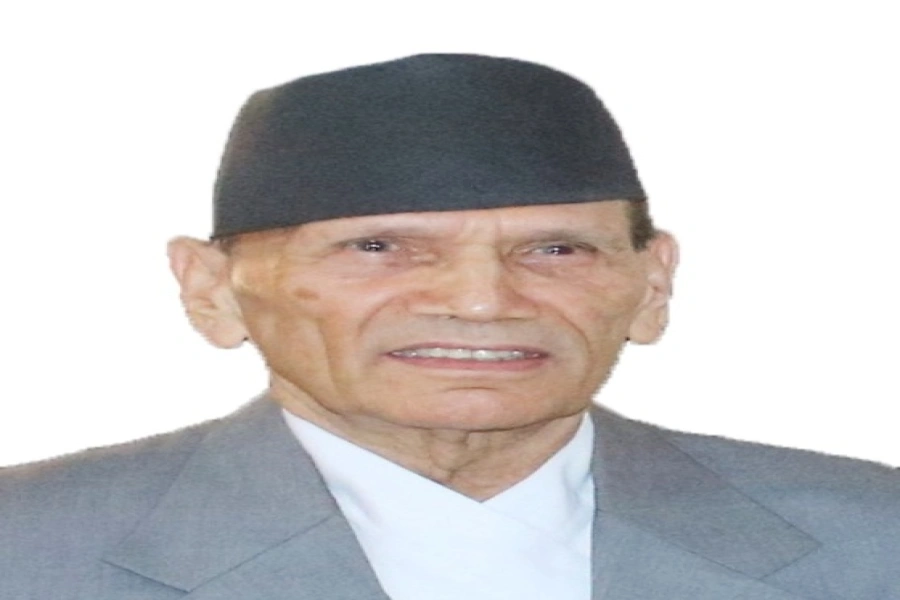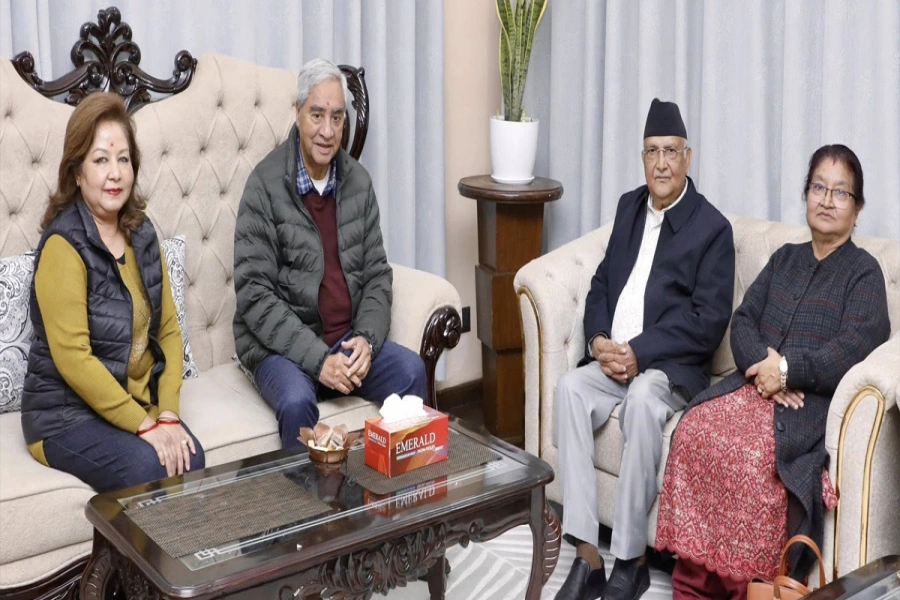“Swine flu” (officially called Influenza A H1N1) is back in the news again this season. Epidemiology and Disease Control Division (EDCD) has reported cases and deaths related to this flu, which at this point is not categorized as ‘national outbreak’. An outbreak refers to the situation when a large number of people fall sick due to a disease at a given time and place, at an above average rate. H1N1 falls under the category of seasonal influenza (‘flu’), along with many other subtypes of influenza virus. H1N1 is not a new disease in Nepal and in fact is seen every year around this time (June-Sep), during monsoon when transmission conditions are ideal for this virus. What we are currently observing is sporadic and regular occurrence of H1N1 virus in some parts of Nepal. Interestingly, Myanmar is also experiencing a similar situation but has categorized H1N1 as a ‘regular’ outbreak.
“Swine flu” has components of viruses that originated from pigs, birds as well as humans and thus is no longer limited to just pigs. Further, this disease is now considered a human to human transmitted infection. However, there is no evidence to suggest that the current H1N1 virus circulating in Nepal is a major mutation from regular types in global circulation. Thus, this should be approached as a regular phenomenon, without the need to panic. World Health Organization (WHO)-prescribed vaccine against the 2017 Northern Hemisphere circulating influenza types (including H1N1) is available in Nepal.
PM Oli expresses concern over frequent tremors

This vaccine can be given to the most vulnerable population in case this is advised by the medical community. The most vulnerable population includes under 5, over 65 and those with diseases that affect the immune system (HIV, TB, diabetes, and other medical conditions). Rest of the population will recover with proper rest within 4-5 days without the need for treatment medication such as oseltamivir, available in select hospitals and clinics in the country.
There is no doubt that influenza is a serious disease. If you (or family member) are in the vulnerable category and feel infection has occurred, clinical opinion should be immediately sought. At the same time, there are ways to avoid being infected with this virus. Avoiding being close to people showing symptoms (fever, cough), carrying hand sanitizer/ washing hands regularly with soap water, getting vaccinated with available vaccine are some of the preventive measures. If you are already showing symptoms of disease, wearing a mask, covering your nose and mouth with clean handkerchief, regular hand sanitization or hand washing lowers chance of you transmitting virus to others. Once again, panic is not necessary, simple precautions can go a long way!
Perhaps this is also the right time to remind Health Ministry that seasonal influenza vaccine should be introduced in the country at the earliest, similar to other countries of the world. In 2014, WHO Nepal had pledged support to Child Health Division (CHD) to initiate study to understand the health and economic burden of seasonal influenza in the Nepali population, and to assess economic impact of introducing the vaccine to Nepal. Had this study been conducted, the seasonal influenza vaccine would probably be part of national immunization program for children and other vulnerable population by now. It is not too late to re-initiate this activity, to improve health and save lives of vulnerable population.
Dixit (@smadixit) is the director of research at CMDN and general secretary of NPHF



































